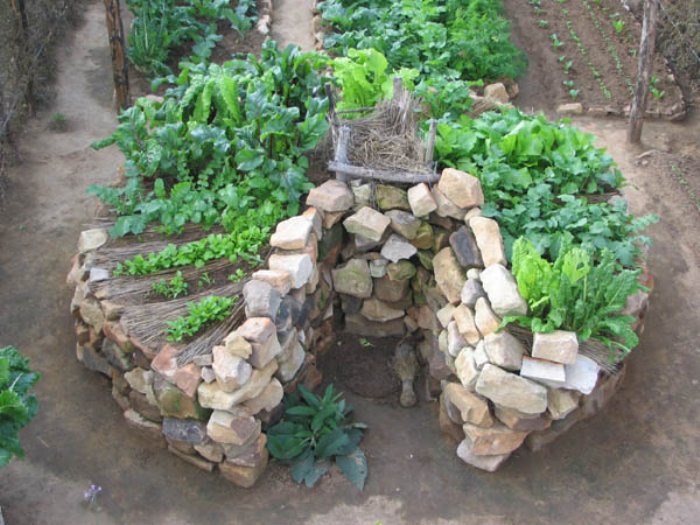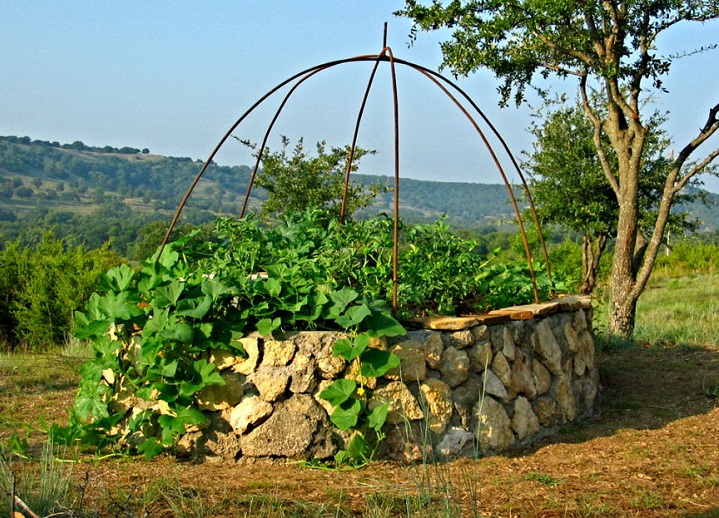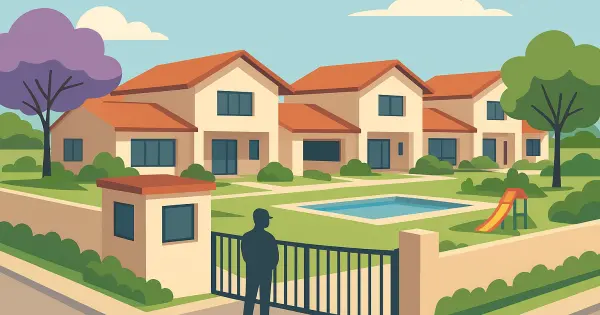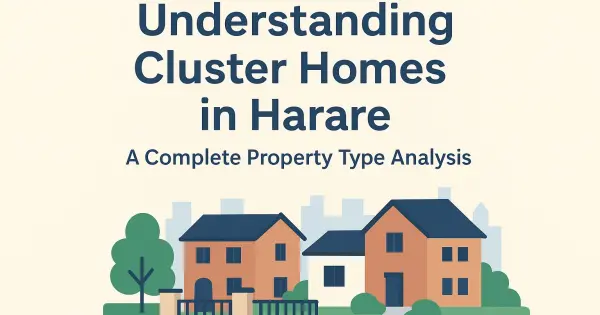In most towns and cities these days when people want vegetables they head to the nearest supermarket. It’s either that or they drive to farmer’s markets like Mbare Musika. This is true even when they have big yards that can accommodate a garden. There are many reasons for this including the fact most people no longer earn enough to afford to employ someone to tend their garden, they live busy lives and cannot spare a moment to engage in gardening or maybe their yard isn’t big enough. For such people, a keyhole garden would be the perfect fit.
For starters, a keyhole garden takes such little space. These days, thanks to the rise in land values in urban areas, most stands are not as big as they used to be. The average stand size in places like Aspendale, Madokero and most trendy upcoming suburbs is around 300 to 400 square metres. You can barely fit a three or four bedroomed house let alone a sprawling vegetable garden. Most people tend to just pave the remaining space and be done with it. The good news is you can still set up a keyhole garden even if your little yard is small and paved. You can build the garden as a raised platform and to suit the shape of your yard.
Keyhole gardens also take little water so you don’t have to worry about your water bill or getting in trouble with the council authorities. They also take very little of your time once they are set up. You will barely need to glance in their direction once they are built and planted. You will also not need any specialist gardening equipment - a simple garden fork or even a stick will be enough.


What’s a keyhole garden
So we started off at the deep end talking about the advantages of a keyhole garden without saying what it is. The pictures above are just examples of a typical keyhole garden and as you can gather from looking at them, a keyhole garden is sort of like a micro-garden where you can grow your vegetables, spices and herbs even in an urban environment where water, time and space are scarce, precious and limited.
In general keyhole gardens are about two metres in size, tend to have a circular shape although you can alter this with a little wedge/slice cut in front to make it easier to access. A lot of them have a raised platform of about 1m above the ground. They can be built using bricks or whatever material is accessible to you. The raised platform allows the garden to easily retain moisture even during dry seasons so you can water it twice a week or even less. You can add organic waste from your house as manure to the garden instead of throwing it away.
Like Blair toilets, key-hole gardens originated from Zimbabwe but they are now being used in various parts of the world. Strangely, they are now more popular in countries like Lesotho more than they are here back in their home country. That need not be. They are quite inexpensive to build and quite handy when it comes to growing veggies and herbs. If you are not handy when it comes to building stuff you can hire someone to build it for you. The internet is full of plans for such a garden. You can also see YouTube videos on how to do this.
Powered by Froala Editor




